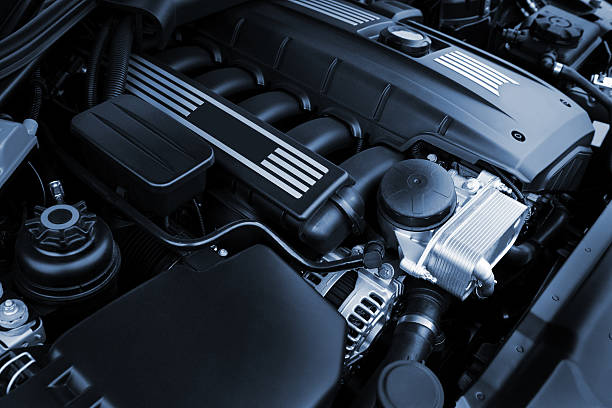Hydraulic Power Steering: The Unsung Hero of Smooth Driving
Imagine effortlessly maneuvering your car through a tight parking space or navigating winding mountain roads with precision and ease. This seamless driving experience is largely thanks to a often-overlooked automotive technology: hydraulic power steering. While modern vehicles are increasingly adopting electric power steering systems, the hydraulic variant remains a crucial component in many cars, trucks, and heavy-duty vehicles. Let's dive into the world of hydraulic power steering, exploring its inner workings, evolution, and enduring relevance in today's automotive landscape.

A Brief History of Steering Innovation
The concept of power steering dates back to the early 1900s, but it wasn’t until the 1950s that hydraulic power steering systems became widely adopted in passenger vehicles. Chrysler’s introduction of the first commercially available power steering system in the 1951 Chrysler Imperial marked a turning point in automotive history. This innovation quickly spread across the industry, revolutionizing the driving experience and making larger vehicles more manageable for a broader range of drivers.
Advantages of Hydraulic Power Steering
One of the primary benefits of hydraulic power steering is its robust and responsive nature. The system provides a direct, tactile connection between the driver and the road, offering excellent feedback and control. This characteristic is particularly valued in performance and off-road vehicles, where precise steering input is crucial. Additionally, hydraulic systems are known for their durability and reliability, often lasting the lifetime of the vehicle with proper maintenance.
Challenges and Maintenance Considerations
While hydraulic power steering systems offer numerous advantages, they are not without their challenges. The system relies on a network of hoses, seals, and the power steering pump, all of which can potentially develop leaks over time. Regular maintenance, including fluid checks and replacements, is essential to ensure optimal performance and longevity. Furthermore, the system draws power from the engine, which can result in a slight decrease in fuel efficiency compared to newer electric power steering systems.
The Future of Hydraulic Power Steering
As automotive technology advances, many manufacturers are transitioning to electric power steering systems, which offer improved fuel efficiency and easier integration with modern driver assistance features. However, hydraulic power steering continues to hold its ground in certain vehicle segments, particularly in heavy-duty trucks and high-performance cars. The ongoing development of hybrid hydraulic-electric systems also suggests that the technology may evolve rather than disappear entirely.
Applications Beyond Passenger Vehicles
The principles of hydraulic power steering extend far beyond the realm of everyday cars. Heavy machinery, construction equipment, and large commercial vehicles rely heavily on hydraulic systems for precise control and maneuverability. In these applications, the robustness and high-force capabilities of hydraulic systems make them indispensable. The technology’s adaptability to various vehicle sizes and types underscores its enduring relevance in the broader transportation and industrial sectors.
Environmental Considerations
As the automotive industry places increasing emphasis on sustainability, the environmental impact of hydraulic power steering systems has come under scrutiny. The production and disposal of power steering fluid pose environmental challenges. However, advancements in fluid technology have led to the development of more eco-friendly options, including biodegradable fluids. These innovations aim to mitigate the environmental concerns associated with traditional hydraulic systems while maintaining their performance benefits.
The Role of Hydraulic Power Steering in Driver Training
Interestingly, hydraulic power steering systems play a crucial role in driver education and training. The direct feedback and consistent resistance provided by these systems allow novice drivers to develop a better feel for the road and understand the mechanics of steering. This tactile learning experience is particularly valuable in fostering good driving habits and spatial awareness, skills that remain essential even as vehicles become more automated.
In conclusion, hydraulic power steering represents a fascinating intersection of mechanical engineering, driver experience, and automotive evolution. While it may no longer be at the cutting edge of automotive technology, its impact on the industry and driving culture is undeniable. As we look to the future of transportation, the principles and lessons learned from hydraulic power steering will undoubtedly continue to influence vehicle design and driver interaction for years to come.




